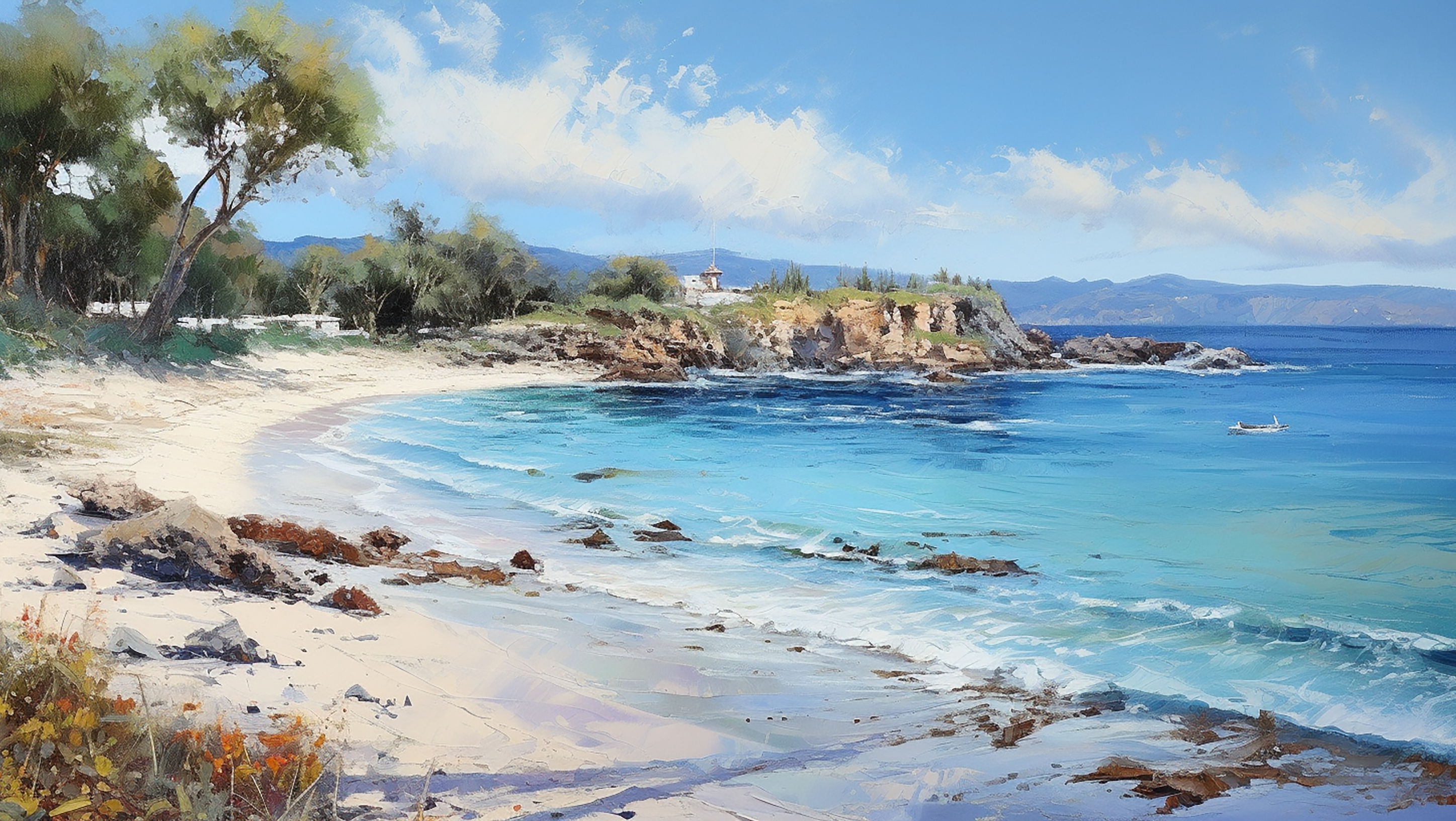Halifax: A Journey Through Nova Scotia's Vibrant Capital
The morning was stirred by an unwelcome disturbance—a blaring emergency alert from my phone, informing me of an imminent wildfire and detailing the evacuation protocols for nearby hamlets, some already vacated, others on standby. Overnight, our vessel had crossed the timeline, shifting the clock forward an hour. In a whimsical musing, I wondered if our ship's keel had scraped the meridian, sparking a blaze in some illegitimately established villages nestled in its hold. Our course was set for Halifax, the capital of Nova Scotia. Here, amidst these territories, wildfires were rampant, and local authorities had deemed it necessary to broadcast warnings across all mobile networks in the region.
Roused by this unexpected turmoil, I decided to initiate my day with a hearty breakfast, managing a glimpse of a lighthouse on the distant shore as we navigated close to the port. The day's itinerary had me destined for three local "towns," more accurately described as quaint villages, scattered along the coastal expanse south of Halifax.
My first port of call was a quaint hamlet known as Mahone Bay. Situated at quite a distance from Halifax, I was quickly introduced to the expansive distances typical of this island in Nova Scotia. The journey took roughly an hour and a half, a scenic drive flanked by pine forests with occasional glimpses of serene lakes, reminders of a time when this land lay beneath the Laurentide Ice Sheet some 13,000 years ago. As the ice sheet melted, it gifted the terrain with sprawling lakes, a poignant memento of a past that may, one day, reclaim the region.
Mahone Bay was a peaceful nook—nothing extraordinary happened here. A handful of picturesque houses lined the bay, standing out against the landscape. Most notable was a triumvirate of churches, each serving a different religious community, standing in harmonious proximity to one another.
The architecture, interspersed with striking hues of the homes, evoked memories of Nordic towns, a similarity shared with the likes of Norway or Sweden. The locals seemed to combat the often stark, monochromatic northern nature by painting their homes in a spectrum of colours—a visually pleasing antidote to the grey winters that cloak the region. This aesthetic rebellion extended to their gardens, with residents opting to plant trees that bear reddish-brown leaves, a vibrant contrast against the encompassing verdant mass.
After an hour's exploration of this delightful hamlet, I indulged in the local delicacy—a cranberry scone, accompanied by a robust coffee.

Mahone Bay

Mahone Bay

Halifax
My journey continued towards the next destination: the village of Lunenburg. The drive there took another half-hour. This village was somewhat larger, but essentially it carried the same ambience as Mahone Bay, only Lunenburg was a little more expansive, boasting multiple streets, with a charming UNESCO-designated historical centre.
The village was renowned for its historical wooden districts, where, it seemed, some buildings competed to be painted in the brightest, almost psychedelic colours. Others, however, retained their faded exteriors, adding an authentic historical touch to the environment.
Notably, there wasn’t an abundance of activity in Lunenburg, but the port was certainly a hub of interest, with recreational and tourist sailboats frequently setting off from it. The arrival of these sizeable vessels often incited a wave of enthusiasm amongst the strolling tourists along the promenade.
I indulged in the local cuisine, enjoying a bowl of seafood soup filled with mussels, complemented by a glass of local craft beer. Seafood is a staple in these parts, where fishing, particularly lobster catching, forms one of the key industries. The freshness of the seafood was palpable—a testament to the vast lobster population hauled from these waters and exported globally.
After spending an hour and a half in Lunenburg, I took a moment to bask in the sunlight. Here, the temperature hovered around 13°C, but the summer sun shone brightly, warming the air around me.
From there, I ventured towards arguably the most picturesque site in the region, the village of Peggy’s Cove. It featured a striking stone bluff on which stood a lighthouse, surrounded by a smattering of charming wooden houses, quaint fishing shanties, and tourist shops.
As it had become increasingly commercialized, I could imagine it being overcrowded during peak tourist season. However, at this moment, it served as a delightful place to spend an hour, exploring the surroundings, admire the freshly painted boats docked at the pier, take some pictures, and breathe in the fresh, sea air.
After an hour at Peggy’s Cove, I climbed aboard my bus for the return trip, passing dramatic landscapes peppered with huge boulders left behind by the same ancient ice sheet.
Tomorrow, my journey will take me to my next destination in Nova Scotia: the city of Sydney.

Peggys Cove Lighthouse










